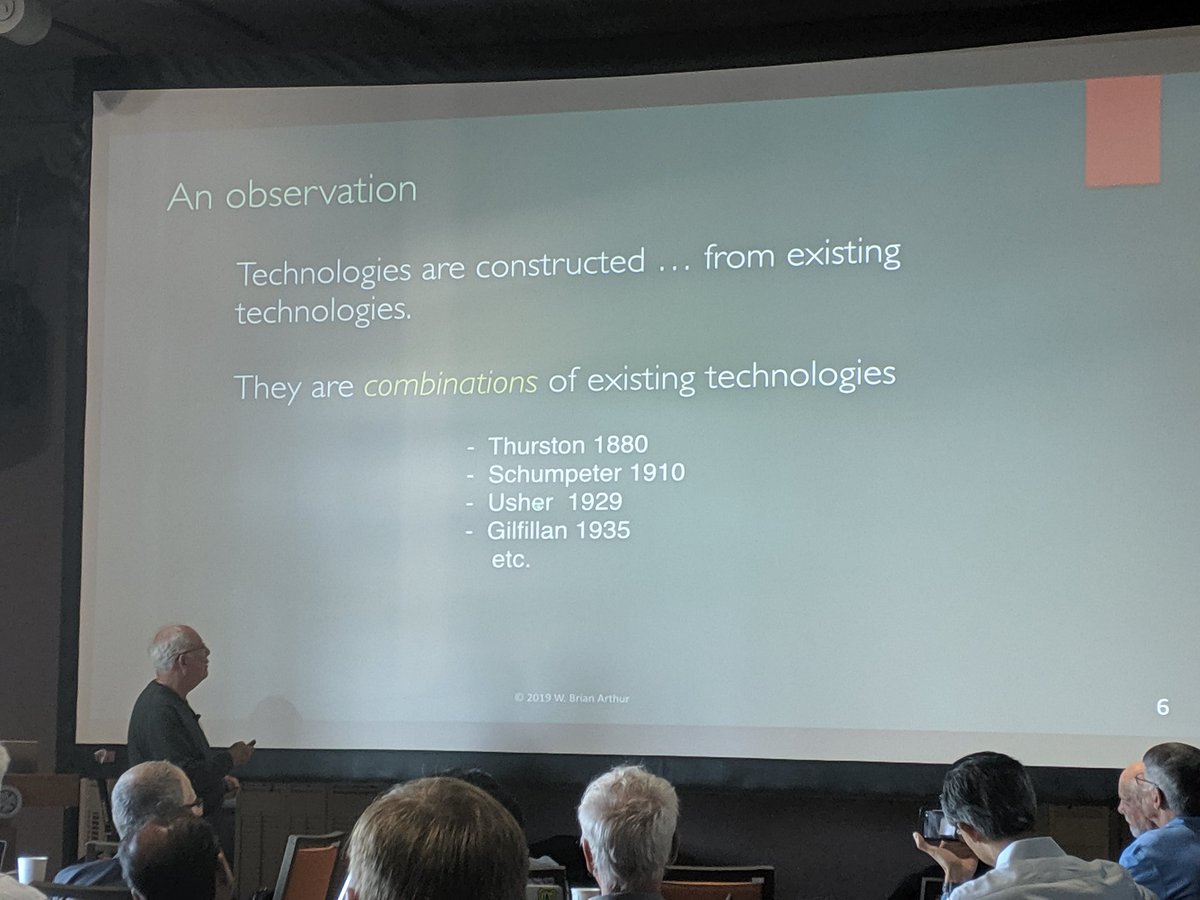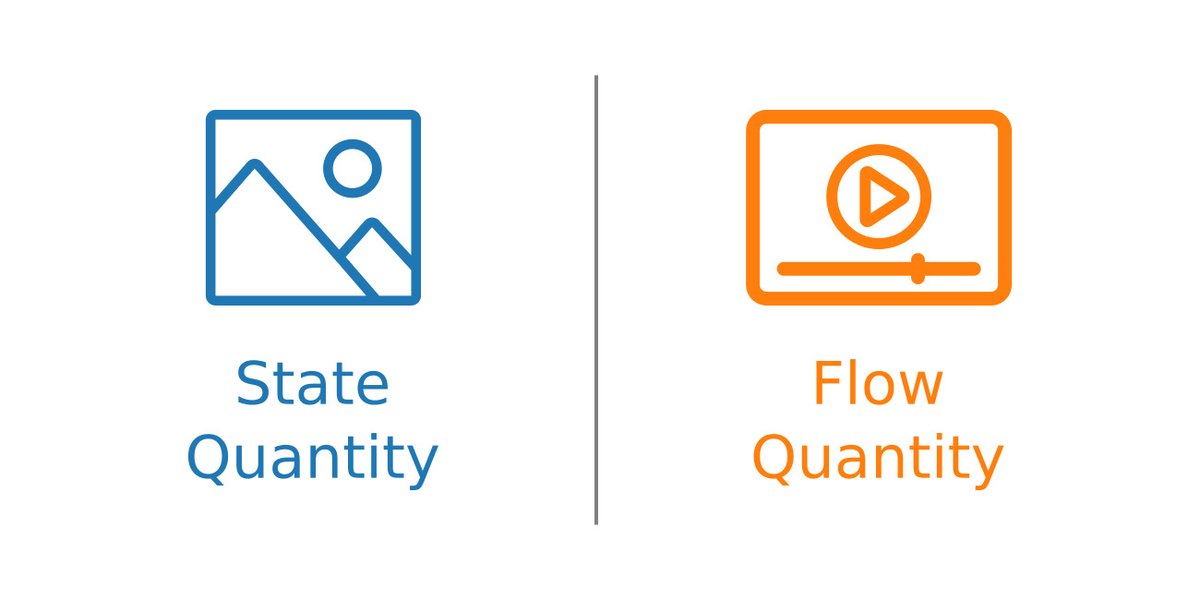1) NASDAQ listing. This is the most obvious.
The idea behind this is that the huge pool of capital and institutional interest in the NASDAQ will enable a higher per-share valuation for #DDDD than was achievable in the UK.
Comparators to
@4dpharmaplc #DDDD (market capitalisation £150m) on the NASDAQ and their market capitalisation:
Seres Therapeutics: $2.33bn = £1.72bn (has had a successful phase 3 C. difficile trial); from my previous research (below) the chance of #DDDD achieving this at least once is at least 90%.
https://t.co/O8Fd9uuR7f
Kaleido Biosciences: $347m = £256m. 4 products under consideration, compared to #DDDD's potential 16. When you view
@4dpharmaplc's 1000+ patents and AI-driven MicroRx platform (not to mention their end-to-end manufacturing capability), 4d's undervaluation is clear.
Evelo Biosciences: $496m = £366m. 11 potential treatments under consideration compared to #DDDD's 16. 4d's IP, platform and manufacturing are superior. Very arguable that 4d should be comparably valued.
@lramseu's content is excellent for comparisons.
This does not take into account the recent frenzy for IPOs/SPAC offerings, like #DDDD. In fact, however, without DraftKings and Nikola included, SPAC returns are negative - hence the case for 4d rests firmly on fundamentals.
https://t.co/EHvA8xVbep.
2) Potential Blautix Phase 3 trial. The below graphic taken from
@AimHardy's excellent research shows #DDDD's Blautix was comparable to existing IBS-C and D offerings.
It offers a far superior safety profile however, making it the potential treatment of choice, especially for the $1.1bn-$1.65bn IBS-M market (patients whose symptoms fluctuate between IBS-C and D).
The fact that c. 60% of phase 3 trials are a success notwithstanding, comparing Blautix with Seres' C.difficile trial shows how selecting for specific biomarkers/genotype can yield a highly successful final stage trial.
Just the initiation of a trial netted Seres $20m from Nestlé Health Science, excluding the revenues from developing a safe live biotherapeutic. The potential for #DDDD to rerate, just based on precedent (Seres jumped c. 500% on their P3 success) is colossal.
It is likely that the announcement of a phase 3 trial and partner would lead to some of this movement being priced in, given the favourable chance of a success. Hence it is a potential near term (3-6 month) catalyst, and if not, a potential long term catalyst.
3) Potential FDA fast track for MRx0518. Interim analysis for the #DDDD treatment on its own yielded the following (from 17 individuals under trial):
"Following MRx0518 treatment, relative increases in cytotoxic cells, CD8+ T cells and other immune subsets associated with anti-tumor activity were observed in paired tumor samples.
Upregulation of key immuno-stimulatory anti-tumor cytokines and chemokines, such as IL-12 and CXCL10, was observed in post-treatment plasma samples."
Gene expression analysis identified significant expression changes in 98 genes (p<0.05) in paired samples as a result of MRx0518 treatment, including upregulation of pathways associated with antigen presentation, costimulatory signaling, cytokine and chemokine signaling, known
…to promote anti-tumor immune activity."
This is for #DDDD's treatment group who had exhausted many previous options and had metastatic cancer.
The fact that #DDDD's treatment is clearly having an effect without significant side effects is extremely important (as patients may forgo treatment due to side effects alone), and certainly presents the opportunity for fast-track approval.
To me, it belongs in this list of 2020 fast track approvals:
https://t.co/GFsF6ZYraA This is without taking into account #DDDD's trial of MRx0518 with Merck $MRK's Keytruda, which is likely to yield as high if not greater efficacy than MRx0518 alone.
4) Potential Merck takeover. This is more dubious so can be listed as a fringe point.
#DDDD's bacterial vaccine partnership with Merck yields a potential $347.5m in milestone payments, and if other treatments show further efficacy then, given Merck's interest in the MicroRx platform and live biotherapeutics (they own 6% of 4d) they may well consider a takeover,…
…which typically occur at a substantial premium to the current share price. Takoevers of Rebiotix and Epibiome in recent history offer validation of this theory.
The key here is if #DDDD become attractive enough to be taken over, their share price would have likely enjoyed a substantial re rate from today's levels already.
To summarise, I believe #DDDD offers substantial long-term value. However there are a number of potential near term catalysts, chiefly a NASDAQ listing, which have prompted me to increase my position in the short term from its historical average.
I believe a #DDDD rerate (and a subsequent SP multiplying of 2-3x given 4d have cash till Q4) could well happen in the coming 3-6 months, and I have positioned accordingly.
Merry Christmas and Happy Holidays!
#DDDD $LBPS $LOAC




























